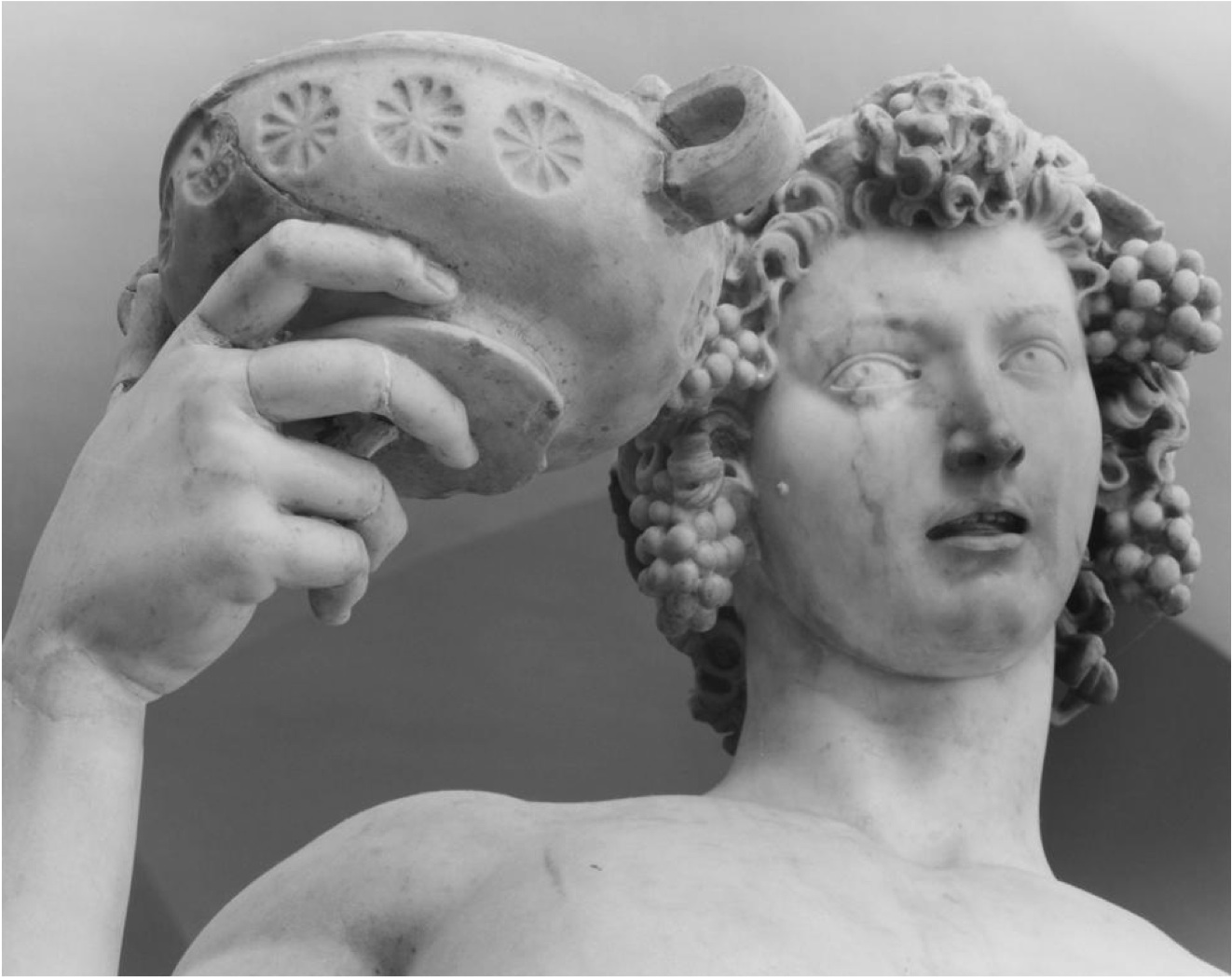
This lecture course follows one hundred years (1471-1572) in the intersecting careers of Cardinal Raffaele Riario, Michelangelo and Jacopo Galli, a patron, an artist, and a banker in Early Modern Rome. It begins with the rise of the Riario family after the election of their relative, pope Sixtus IV, in 1471, then considers the patronage of Raffaele Riario, who was elevated to the Cardinalate at age 17 to promote the interests of his upstart family. After receiving a brief but intensive artistic and philosophical education in Florence during the Pazzi Conspiracy, Riario set up a court of artists, humanists and theologians in Rome; his promotion as the Treasurer (Camerarius) of the Church allowed him to initiate one of the most ambitious architectural projects of the 15th century, the palace now known as the Palazzo della Cancelleria. In 1496, Riario became the first Roman patron of Michelangelo, after the artist’s Sleeping Cupid was sold to the Cardinal as an antiquity. Riario then commissioned the Bacchus (now in the Bargello) from Michelangelo. The Bacchus will be a central focus of the lectures, which will explore its relationship to antiquity, to all’antica art and to theological and philosophical concepts. Longstanding misinterpretations of the statue and the circumstances of its commission will be addressed.
Michelangelo’s arrival in Rome and the commission of the Bacchus brought him into contact with the third protagonist of these lectures, the Roman merchant-banker Jacopo Galli. Galli was Riario’s banker and right-hand-man who also became Michelangelo’s patron, commissioning the Young Archer now in New York from Michelangelo and eventually displaying the artist’s Bacchus in his house. Galli assumed an important role in Michelangelo’s carer, supporting him in the creation of the Vatican Pietà and other works. After his death in 1505, Jacopo Galli’s sons maintained their friendship with the sculptor and over many decades displayed the Bacchus in their house, where it was a focal point of antiquarian interest until its sale to the Medici in 1572.
The lectures follow the intersecting careers of a patron, an artist, and an intermediary against the backdrop of contemporary politics and in light of the multifaceted artistic, antiquarian, humanist and theological culture of Early Modern Rome. The aim is to explore the complexities of a lost context for the Bacchus that has been obscured by historiographic fallacies, with an approach that emphasises social networks, collaboration, and shared agency.
- Course owner: Kathleen Christian